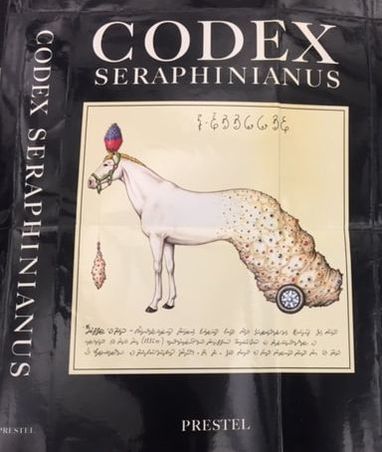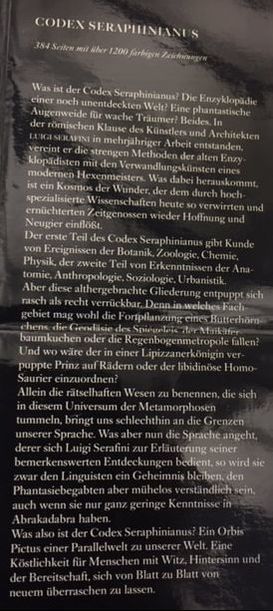Perhaps it is a bit of both.
Marvelous Mischief. Mischievous Marvel.
An 'ordered disorder' cocktail. The perfect anecdote for a mind in stupor.

By Luigi Serafini
(Originally published in 1981)
For more information:
(a) 2013 WIRED interview with the artist
(b) 2015 BIRD IN FLIGHT interview with the artist
(c) Peruse the book on YouTube


 RSS Feed
RSS Feed